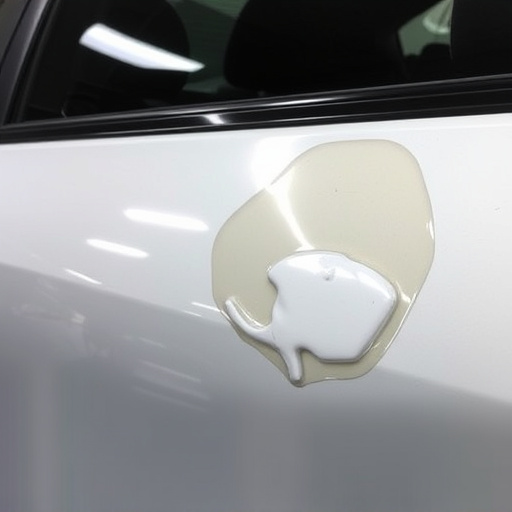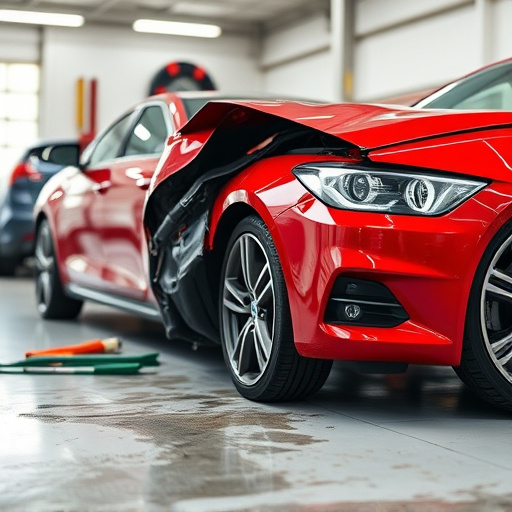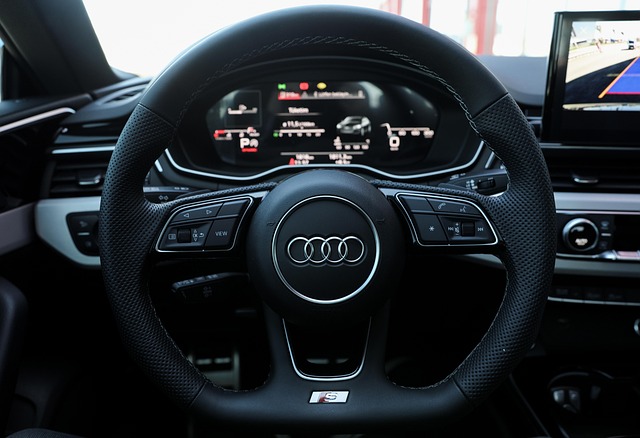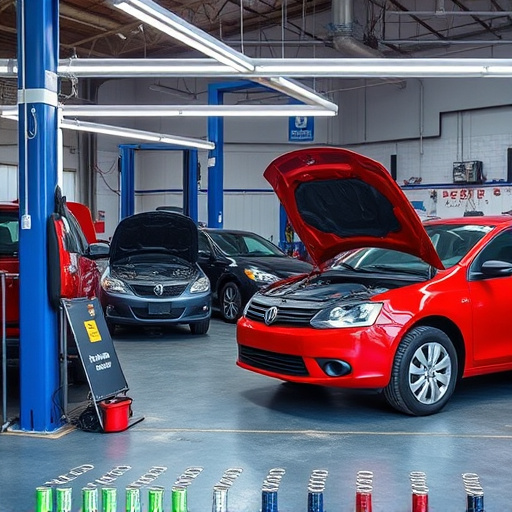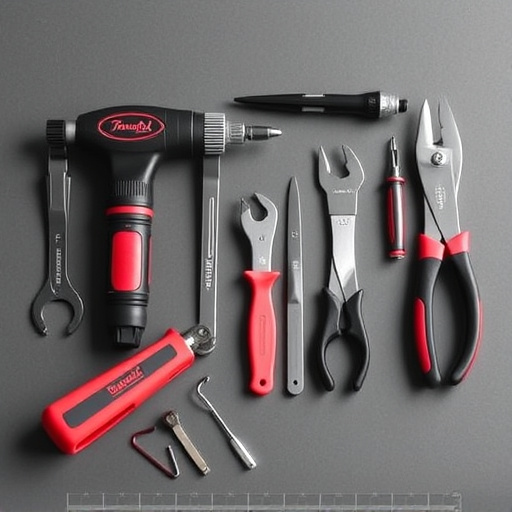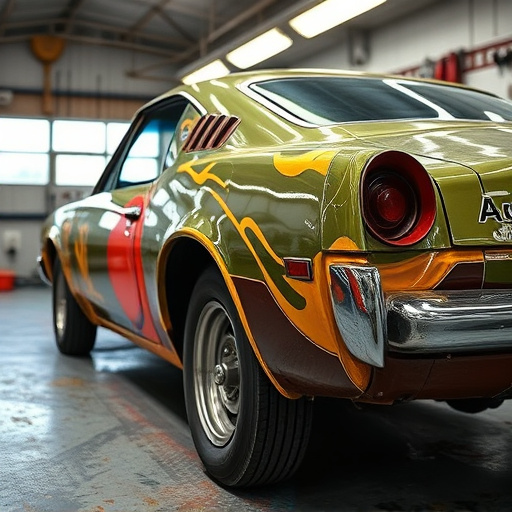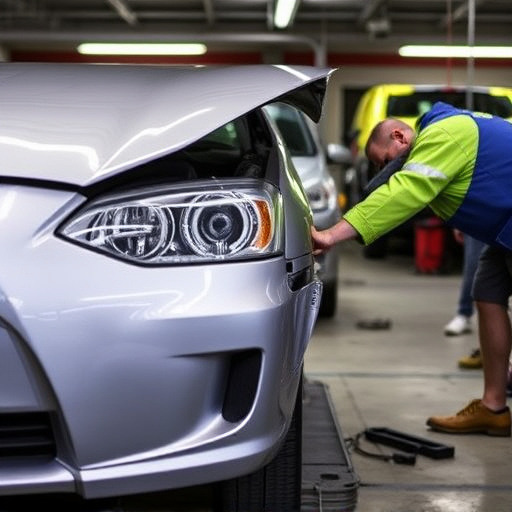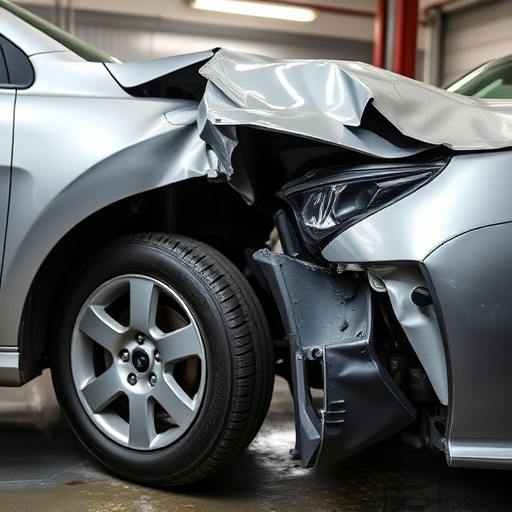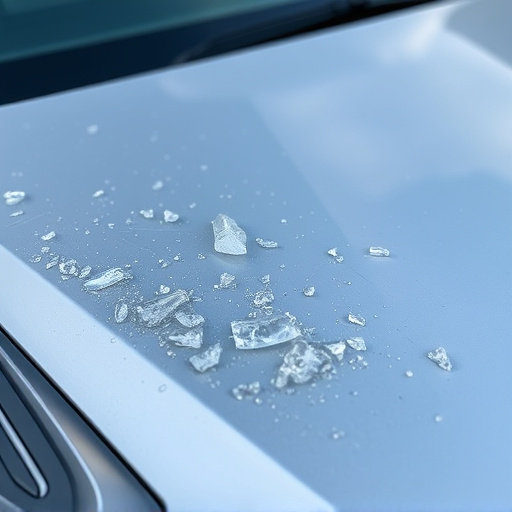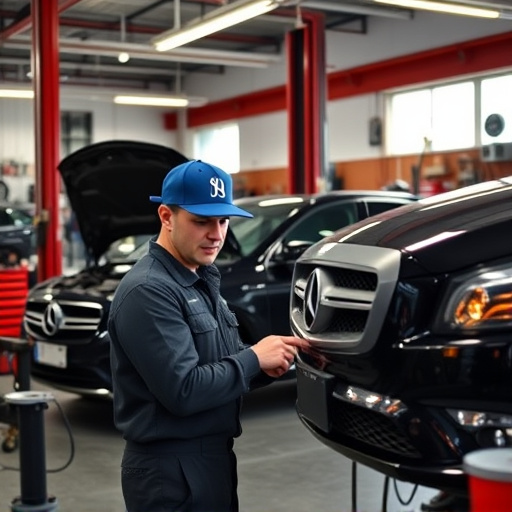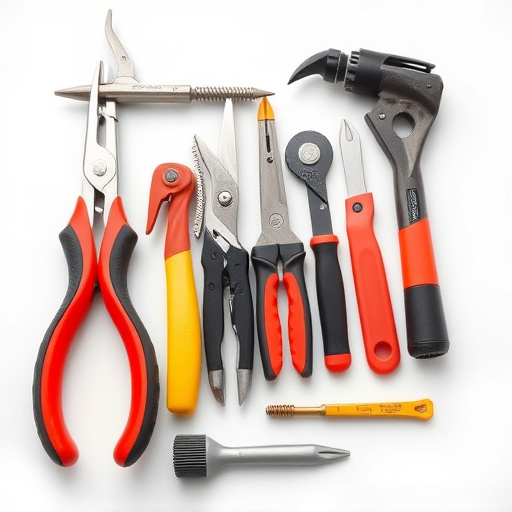Frame rail replacement, a specialized automotive body task, involves skilled technicians restoring or replacing critical structural elements after damage assessment and corrosion evaluation. Streamlined processes and advanced automated tools enhance accuracy, speed repairs, reduce downtime, improve quality, boost customer satisfaction, and offer long-term benefits through faster job completion times and cost savings.
Frame rail replacement is a critical process in automotive repair, impacting shop efficiency and customer satisfaction. This article delves into the intricacies of the frame rail replacement process, exploring how enhanced techniques can streamline operations. We’ll measure post-replacement performance improvements, offering insights for shops to optimize their workflows and reduce turnaround times. By understanding and implementing efficient frame rail replacement practices, repair facilities can elevate their standards and stay competitive in the market.
- Understanding Frame Rail Replacement Process
- Enhancing Efficiency Through Streamlined Techniques
- Post-Replacement: Measuring Repair Shop Performance Improvements
Understanding Frame Rail Replacement Process
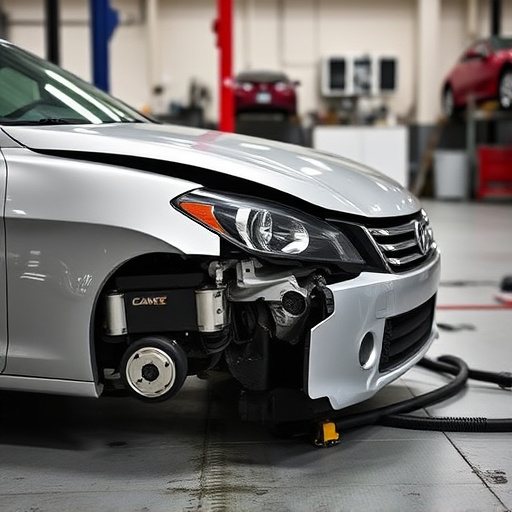
The frame rail replacement process involves meticulously repairing or replacing damaged or deteriorating frame rails, which are crucial structural components in automotive body shop and vehicle paint repair settings. This often requires a systematic approach, starting with thorough inspection to identify the extent of damage and determine if repair or complete replacement is necessary.
Skilled technicians use specialized tools and techniques to remove the old, compromised rails while ensuring minimal disruption to other parts. Once extracted, the frame rails are carefully assessed for any corrosion or further damage before undergoing precise fabrication or welding to match the original specifications. This meticulous process demands expertise in automotive body work, as even a slight misalignment can impact vehicle safety and handling.
Enhancing Efficiency Through Streamlined Techniques
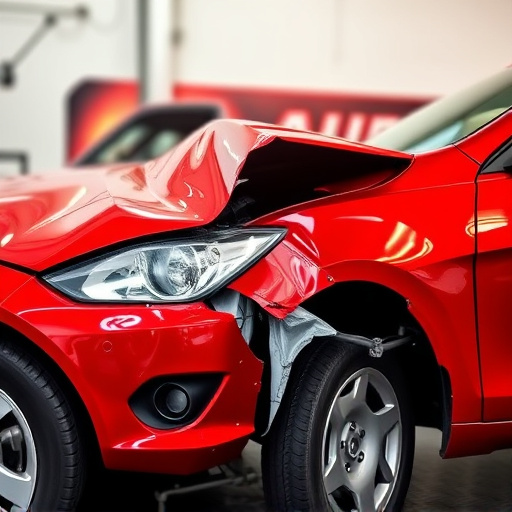
In the realm of vehicle body repair, particularly when tackling complex tasks like frame rail replacement, efficient techniques can significantly enhance a shop’s productivity. Streamlined processes ensure that each step of the repair is executed swiftly and accurately, minimizing downtime and maximizing output. By adopting advanced methods, shops can bid farewell to laborious manual labor and embrace automated tools designed specifically for frame rail adjustments. These innovations not only speed up the replacement process but also improve overall precision, resulting in higher-quality repairs.
Efficient frame rail replacement techniques are a game-changer for car restoration projects within vehicle body shops. They enable technicians to handle even the most intricate cases with ease, ensuring that every vehicle leaves the shop restored to its former glory. This, in turn, boosts customer satisfaction and fosters a reputation for excellence among automotive enthusiasts.
Post-Replacement: Measuring Repair Shop Performance Improvements
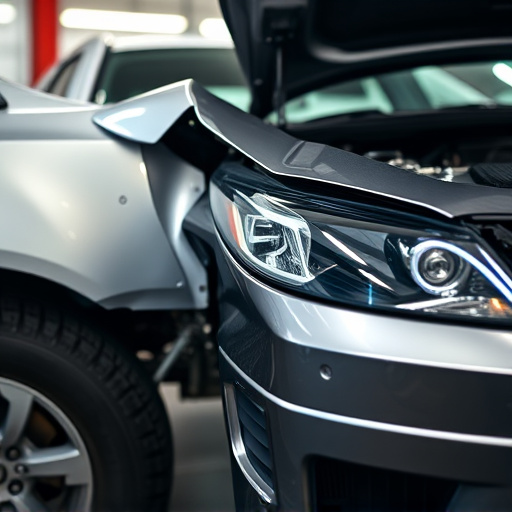
After a successful frame rail replacement, evaluating the impact on repair shop performance is a crucial step. This involves assessing key metrics such as job completion time, cost savings, and customer satisfaction levels. By comparing these parameters before and after the procedure, automotive repair services can quantify the efficiency gains from this specific upgrade.
For instance, a well-executed frame rail replacement might result in faster dent repair processes due to streamlined assembly procedures. This not only benefits the shop by increasing throughput but also enhances overall customer satisfaction as vehicles are returned quicker. Such improvements in vehicle repair capabilities highlight the long-term advantages of investing in modern equipment and techniques, ensuring the repair shop stays competitive in the market.
Frame rail replacement, when implemented with efficient techniques, can significantly enhance repair shop productivity. By streamlining the process and adopting best practices, shops can reduce cycle times and improve overall performance. Measuring post-replacement outcomes allows for continuous improvement, ensuring the shop stays competitive in a constantly evolving automotive repair landscape. This data-driven approach, combined with modern tools, is key to maximizing efficiency in frame rail replacement and beyond.
